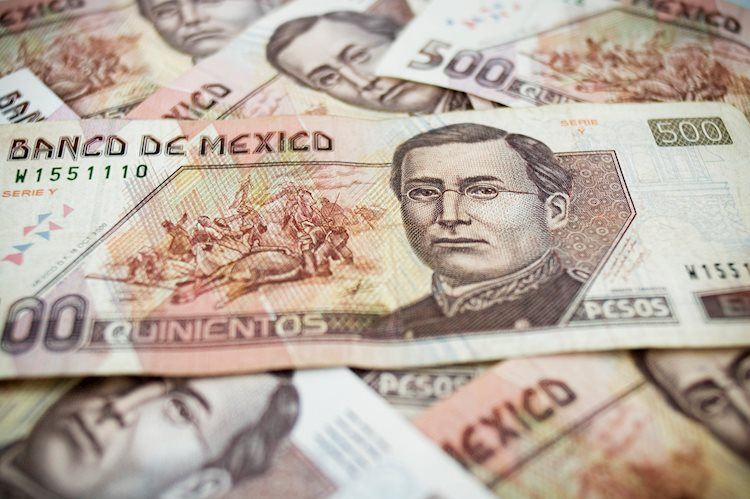The Mexican Peso (MXN) has shown strength against the US Dollar, with the USD/MXN pair trading at 19.36 following a decline after the Consumer Confidence in the US deteriorated. Additionally, Mexico’s inflation for September fell below expectations, with core inflation dropping below 5%. The Instituto Nacional de Estadistica Geografia e Informatica (INEGI) reported a decrease in MoM and YoY inflation figures, leading to expectations of a 25 bps rate cut by Banxico.
Banxico is expected to lower interest rates from 10.75% to 10.50% at its upcoming monetary policy meeting on Thursday. Analysts cite falling inflation, weakened economic activity, and Fed easing as reasons for the anticipated rate cut. Consumer Confidence in the US fell in September, reflecting concerns about the labor market and economic outlook. Fed Governor Michelle Bowman emphasized the need for caution in rate cuts to prevent reigniting inflation.
Mid-month inflation data for September in Mexico showed a lower than expected increase of 0.09% MoM and 4.66% YoY, below forecasts. Retail Sales contracted for the third straight month, but showed improvement compared to previous readings. Banxico is expected to lower borrowing costs by 175 bps by the end of 2025, as per swaps markets. Consumer Confidence also decreased in September, impacting market expectations.
Technical analysis for the USD/MXN pair indicates a downward trend, with an “ascending wedge” forming. The Relative Strength Index (RSI) suggests a bearish momentum, favoring a continued decline in the pair. Resistance and support levels are identified, with a potential further downside if the pair dips below key support levels. The performance of the pair is closely tied to Banxico’s upcoming decision and broader market sentiment.
The Mexican Peso is influenced by various factors, including the performance of the Mexican economy, foreign investment, and geopolitical trends. Banxico’s main objective is to maintain low inflation levels through interest rate adjustments. Economic data releases are important indicators for assessing the state of the Mexican economy and can impact the valuation of MXN. The currency tends to thrive during risk-on periods and weaken during times of market turbulence or uncertainty.
In conclusion, the Mexican Peso has shown strength against the US Dollar in light of falling inflation and expectations of a rate cut by Banxico. Economic data releases, Banxico’s policy decisions, and broader market trends will continue to influence the performance of the MXN. Risk-on periods and market sentiment are additional factors that can impact the valuation of the Mexican Peso in the future.































